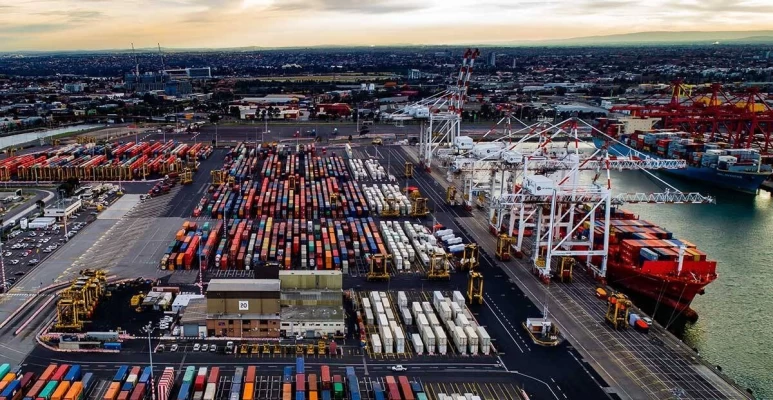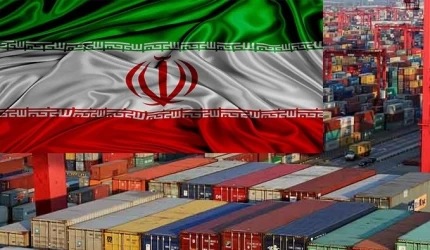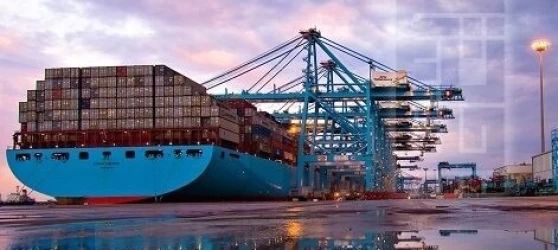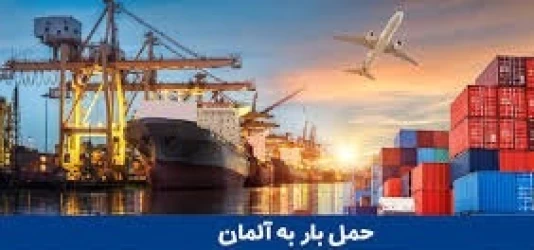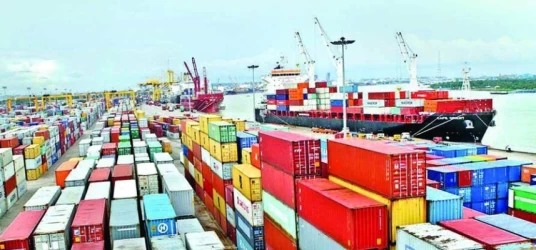Introduction
Melbourne Port, located in Victoria, Australia, is one of the busiest and most significant ports in the Southern Hemisphere. It plays a crucial role in Australia’s economy, facilitating the movement of goods both domestically and internationally. This article delves into the intricacies of sea freight operations at Melbourne Port, highlighting its infrastructure, services, and the overall impact on global trade.
Historical Background
Melbourne Port has a rich history dating back to the 19th century. Initially established to support the gold rush era, it has evolved into a modern, state-of-the-art facility. Over the years, continuous investments and upgrades have transformed it into a pivotal hub for sea freight.
Infrastructure and Facilities
The port boasts extensive infrastructure, including:
- Container Terminals: Equipped with advanced cranes and automated systems, these terminals handle a significant volume of containerized cargo.
- Bulk Cargo Facilities: Specialized areas for bulk commodities like coal, grain, and minerals.
- Ro-Ro Terminals: Dedicated terminals for roll-on/roll-off cargo, primarily vehicles and machinery.
- Warehousing and Storage: Ample storage facilities for various types of cargo, ensuring efficient handling and distribution.
Key Services
Melbourne Port offers a wide range of services to facilitate seamless sea freight operations:
- Customs Clearance: Efficient customs processes to expedite the movement of goods.
- Freight Forwarding: Comprehensive logistics solutions provided by numerous freight forwarding companies.
- Shipping Lines: A multitude of shipping lines operate from Melbourne, connecting it to major global ports.
- Intermodal Connectivity: Excellent road and rail connections ensure smooth inland transportation of goods.
Major Trade Routes
Melbourne Port serves as a gateway to several key international trade routes:
- Asia-Pacific: Strong connections with major ports in China, Japan, South Korea, and Southeast Asia.
- Europe and the Middle East: Regular services to European and Middle Eastern ports, facilitating trade in various commodities.
- North and South America: Vital links to ports in the Americas, supporting the export and import of goods.
Economic Impact
The port significantly contributes to the local and national economy:
- Employment: Direct and indirect employment opportunities for thousands of individuals.
- Trade Volume: Handling millions of tonnes of cargo annually, it supports Australia’s trade balance.
- Revenue Generation: Substantial revenue from port operations, customs duties, and associated services.
Environmental Initiatives
Melbourne Port is committed to sustainable practices:
- Green Port Initiatives: Implementation of eco-friendly technologies and practices to reduce carbon footprint.
- Waste Management: Efficient waste management systems to minimize environmental impact.
- Community Engagement: Active involvement in community programs to promote environmental awareness.
Future Prospects
The port is poised for further growth with several planned developments:
- Expansion Projects: Ongoing and future projects to expand capacity and enhance infrastructure.
- Technological Advancements: Adoption of cutting-edge technologies to improve efficiency and reduce operational costs.
- Global Partnerships: Strengthening international partnerships to boost trade and economic growth.
Conclusion
Melbourne Port stands as a testament to Australia’s maritime prowess. Its strategic location, robust infrastructure, and comprehensive services make it a linchpin in global sea freight operations. As it continues to evolve, Melbourne Port will undoubtedly play an even more significant role in shaping the future of international trade.
Feel free to ask if you need more details or specific information on any aspect of sea freight at Melbourne Port!

